Spanish Beverages: Basic Overview
Common Ingredients
Common Preparing Methods
Key Taste
Drinking Etiquette
Culinary Festivals
Influence and Fusion
Classifications of Spanish Beverages
-
Alcoholic
Popular Spanish alcoholic beverages include wines, spirits, cocktails, and liqueurs.
Spanish wines are globally famous and come in many varieties.
Fruity cocktails are an important part of parties and celebrations in Spain.
Spanish alcoholic beverages are made from a wide range of ingredients, such as fruits, herbs, and spices.
Many beverages favored by Spanish people originated in other countries, especially France and Italy.
-
Non-Alcoholic
Most Spanish non-alcoholic beverages are sweet and creamy.
Herbs and spices are common flavorings for these beverages.
Coffee-based beverages are especially popular in Spain.
Certain options are the alcohol-free versions of famous Spanish alcoholic drink offerings.
Spanish beverages are drinks with widespread popularity in Spain. Many of these drinks are also well-known in regions influenced by Spanish cuisine, such as Latin America.
Certain beverages in Spain have a long history stretching back to ancient times, while others were introduced by the historical Muslim populations or made with ingredients brought back from the Americas.
Wines and cocktails are among the most well-known drinks from Spain. Among the non-alcoholic options, hot chocolate is highly popular.
Continue reading to discover the 20 most-known beverages in Spain. But first, start with an overview of traditional Spanish beverages and how popular these drinks are in the world.
After introducing you to Spanish beverages, I will cover the factors that make them so well-loved. Are you ready to discover the beauty of Spanish drinks?
20 Superb Spanish Beverages with Filters
Below are the 20 most well-known beverages from Spain. To look up information about them more easily, use advanced filters that can help you sort these beverages in terms of popularity, ingredients, tastes, and preparation methods.
In addition, I also organize the suggested Spanish beverages according to traditional, national, and street beverage labels.
Sangria
- Alcoholic
- National
- Street Beverages
- Traditional
Sangria, literally “bloodletting,” is a Spanish mixed alcoholic beverage consisting of red wine, chopped fruits, and occasionally spices like ginger. Each region of Spain has its own pool of fresh fruits, thus coming up with different sangria recipes.
Fruits that often appear in sangria include oranges, grapes, peaches, apples, strawberries, and pears. These options change according to what is seasonally available.
Many types of sangria replace red wine with something else. For example, sangria blanca (white sangria) uses white wine, while the kid-friendly ponche de sangria substitutes wine with a soft drink.
The origin of sangria is rather hazy. One theory says that it stemmed from a drink called sangaree in the West Indies, a former British colony.
However, the Iberian Peninsula itself has a long history of fruit-added alcoholic beverages.
Sangria is a fruity, sweet, and tangy accompaniment for savory tapas (small plates), chorizo, patatas bravas, and jamón ibérico.
Cava
- Alcoholic
- National
- Traditional
Cava is a Spanish sparkling wine that strongly resembles champagne. It is one of the most popular sparkling wines in Spain, a specialty protected by the government.
Cava was created in the mid-19th century when a winemaker from Catalonia visited the renowned Champagne region in France and came up with the idea of copying its production method.
Spanish winemakers aged the first batches of cava in caves, hence its name. However, the name “cava” only came into use in 1970; before that time, the common name for the wine was Spanish champagne.
Cava may be white (made from the green-skinned grape chardonnay) or rose (produced from the red wine grape pinot noir). As with champagne, you should serve cava chilled.
This sweet sparkling wine boasts subtle notes of citrus and goes well with a large number of appetizers and main dishes, such as gambas al ajillo, jamón ibérico, and croquetas.
Cava is available at most restaurants and liquor stores in Spain. However, Catalonia is the principal cava-growing region of the country, so you may want to go there for the best choices.
Tinto de Verano
- Alcoholic
- Street Beverages
- Traditional
Tinto de verano, literally “summer red wine,” is a popular cocktail in Spain. Locals typically prepare it by mixing one part lime-flavored soda and one part red wine with ice.
Tinto de verano first appeared in the city of Cordoba, southern Spain, around the mid-20th century. Its first customers included guitarists and singers.
In many aspects, tinto de verano is a simpler but no less refreshing version of sangria for hot days. Enjoy this summer cocktail with tapas and casual, light dishes like pan con tomate and tortilla española.
Vermouth
- Alcoholic
- Traditional
Vermouth is a well-known fortified wine in Spain. It is a fragrant wine that people add herbs and spices to before aging it in barrels.
Modern vermouth recipes appeared in 18th-century Italy. By the 19th century, Catalonians were drinking vermouth regularly.
The Spanish version of vermouth is often laden with herbs and, as a result, much more aromatic than what is available in other European countries.
Traditional vermouth mainly comes in two types: sweet and dry. Nowadays, however, there are numerous choices with all kinds of flavors and colors: crisp, sweet, acidic, rose, etc.
Vermouth is a versatile wine that can go with many classic Spanish dishes, especially tapas. Given the history of vermouth in Spain, you should visit Catalonia, especially Barcelona, for the best pick.
Sherry
- Alcoholic
- National
- Traditional
Sherry is a Spanish white wine made from grapes that people cultivate near the city of Jerez de la Frontera in Cádiz, a province in southwestern Spain. Its name was derived from the anglicized form of Jerez, which, in turn, comes from the Arabic name Sherīsh.
To make sherry, the grapes are subject to a rigorous process of crushing and fermenting. The resulting white wine will be fortified with extra alcohol before being left to age with yeast.
High-quality sherry boasts a strong, sweet, and dry taste with a pale straw color, a perfect match for tapas and desserts like turron and crema catalana. Do you know that Ferdinand Magellan spent more money on sherry than weapons for his legendary (and last) voyage?
Sherry gained international renown in a rather uncanny way. After the British defeated the Spanish in 1587, they brought home a large amount of sherry as loot and fell hopelessly in love with it, paving the way for sherry to become one of Spain’s most important exports.
Although many bars, pubs, shops, and restaurants sell sherry in Spain, this wine is exclusively produced in a region known as the Sherry Triangle in Cádiz.
Horchata
- Non-Alcoholic
- Street Beverages
- Traditional
Horchata, or orxata de xufa, is a Spanish creamy non-alcoholic beverage made from tiger nuts, which are the nutrient-rich tubers of the hazelnut sedge, a plant widely cultivated in Spain.
People in Spain prepare horchata by mixing ground tiger nuts with white sugar and spices before refrigerating the stuff. When horchata achieves a cold, creamy quality, this sweet, strongly scented drink is ready to serve.
Although horchata is available in many countries, only the Spanish version incorporates tiger nuts. The earthly flavor of this tuber may wrinkle some noses on the first try, but Spanish-style horchata will grow on you once you open your heart to it.
Horchata is particularly common in Valencia, the first place in the country where Muslims introduced the hazelnut sedge plant. There is even a type of shop specializing in the drink; it is called a horchatería.
Feel free to enjoy Spanish horchata on its own or with light, sweet pastries, such as churro con chocolate.
Cortado
- Non-Alcoholic
- Traditional
Cortado is a Spanish beverage blending espresso and milk.
Cortado is extremely prevalent in Madrid, the capital city of Spain. Instead of condensed milk, it features warm steamed milk that nicely counterbalances the acidity of the coffee.
There is little reliable information on how cortado came about. The universally accepted facts are that it first appeared in the Basque Country, and its name stems from a Spanish word meaning “to cut,” which refers to the mixing of milk and espresso.
With its creamy taste and silky mouthfeel, cortado can complement relatively heavy dishes like fabada or rabo de toro.
Clara
- Alcoholic
- Street Beverages
- Traditional
Clara, or shandy, is a renowned Spanish beverage made with Spanish beer and lemonade or lemon-flavored tonic water. There are various recipes for this drink, but the usual ratio is 2:1.
Spanish people often enjoy clara from the long neck of a porron (a distinct Spanish pitcher). This fragrant, bittersweet alcoholic beverage is fantastic at helping people cool down without getting too drunk.
Clara started from a humble town just outside Munich (Germany). Local bar owners mixed lemonade with the famous German beer with lemonade to cater to flocks of thirsty cyclists.
Nowadays, clara is a staple in Spain’s beverage scene. This refreshing drink works well with many light and casual dishes, such as tapas, bocadillos, and patatas bravas.
Kalimotxo
- Alcoholic
- Street Beverages
- Traditional
Kalimotxo, or calimocho, is a Spanish mixed beverage made with red wine and Coca-Cola. The idea for this drink appeared in the early 20th century, but it only became popular around the 1970s.
According to a famous anecdote, the organizers of a festival in the Basque region made kalimotxo to use up a large amount of old, stinky red wines. The result was a roaring success, and this half-wine, half-soft drink captured the public imagination.
In the name of kalimotxo, the suffix -motxo means “ugly”. That can either refer to the drink’s blackish appearance or the situation that made it famous.
As you drink kalimotxo, its sweet taste is quickly followed by a wine aftertaste. Enjoy this flavor profile with hearty dishes like montaditos, bocadillos, and patatas bravas.
Orujo
- Alcoholic
- Traditional
Orujo is a Spanish pomace brandy, meaning that it is brewed from the residue of wine production. Centuries ago, people in northern Spain invented this sour and sweet drink to deal with the pulpy fibrous waste they created after pressing grapes.
Nowadays, winemakers make orujo by fermenting the orujos (grape residue), sometimes with herbs, before distilling it. The resulting drink product will fill your mouth with a fruity and fragrant taste.
When you visit a Spanish family, especially in Galicia in the northwestern region, the host will probably offer orujo as a digestif after the meal. This brandy pairs well with heavy dishes like fabada or paella.
Agua de Valencia
- Alcoholic
- Traditional
Agua de Valencia is a Spanish cocktail from the coastal city of València, which is obvious in its name: “Valencian water.” It was created by a local bartender in 1959 but only gained massive popularity around the 1970s.
Simplicity is the spirit of agua de Valencia. People whip it up by mixing orange juice, cava, and other spirits in a pitcher, then pour the blend over ice.
Many travelers visiting València can’t help loving this cocktail’s fruity freshness and citrusy aroma. Agua de Valencia is also a versatile cocktail to enjoy alongside savory dishes, especially seafood-based ones like gambas al ajillo.
Leche Merengada
- Non-Alcoholic
- Traditional
Leche merengada is a Spanish cold beverage with a thick consistency and a sweet, creamy, slightly spicy flavor. Doting parents usually prepare it for their children in the summer.
The main ingredients of leche merengada are heated milk, sugar, lemon zest, egg whites, and cinnamon. These components are mixed and frozen until the mixture archives a milkshake-like texture.
Leche merengada is a favorite drink for the whole family in Spain. In the famous Spanish children’s song “Tengo una vaca lechera” (“I Have a Milk Cow”), the main character praises a cow that gives sweet leche merengada.
Chocolate Caliente
- Non-Alcoholic
- Traditional
Chocolate caliente is the Spanish version of hot chocolate, which was acquired from the Mayans in the Americas. Hot chocolate and churros are a classic Spanish snack combo.
Spanish-style hot chocolate is always creamy and decadent, yet there are many versions to cater to everyone’s taste. Milk-added chocolate is deadly sweet, while dark and bittersweet hot chocolate with a smaller amount of sweeteners is also available.
In Spain, there is a special establishment called chocolateria where you can savor all kinds of hot chocolate as well as cookies to go with them.
Café Bombón
- Non-Alcoholic
- Traditional
Café bombón is a famous Spanish coffee-based beverage from Valencia. It is a combination of condensed milk and coffee (usually espresso) mixed in a 1:1 ratio.
Locals often serve café bombón in a transparent cup to display its two contrasting layers: the white condensed milk on top and dark coffee at the bottom.
Spanish people often serve café bombón on its own, but trying this sweet beverage with snacks and desserts is a terrific idea.
Rebujito
- Alcoholic
- Street Beverages
- Traditional
Rebujito is a Spanish cocktail originating in the autonomous Andalusian region. It is a mixture of sherry, lemon-lime soda, and, sometimes, mint leaves.
Rebujito is a favorite festival drink for celebrations during spring and summer. Its subtle sweetness and citrus fragrance will provide you with a fantastic relief from the hot weather.
Many different regions have their own versions of rebujito, so there is always room for exploration. My recommended accompaniments for this cocktail are salty and savory dishes, especially tapas.
Queimada
- Alcoholic
- Traditional
Queimada is a Spanish alcoholic beverage native to the region of Galicia. It is mainly associated with the Samhain (Celtic New Year’s Eve), on which Halloween is based.
The ingredients for queimada are basic: just orujo, coffee beans, sugar, and aromatic herbs. What distinguishes this drink is the ritual of setting it aflame while reciting an incantation to ward off evil spirits before consuming it.
Due to such rituals, many people think that queimada stems from an ancient Celtic tradition. However, there is a conflicting theory attributing the creation of Queimada to the mid-20th century.
Regardless of the truth, enjoying this robust and flavorful wine on a pitch-black night by the light of a dancing fire is an unforgettable experience.
Ratafía
- Alcoholic
- Traditional
Ratafía is a well-known sweet alcoholic beverage in Spain. It originated in Italy around the 11th century and became a protected Spanish drink in 1989, with ratafía from Catalan being the most famous variant.
Basically, ratafía is basically a mix of alcohol (like brandy), spices, herbs, and macerated fruits (usually green walnuts). Different Spanish regions have their own recipes, but they all create an incredibly sweet and aromatic wine that will give your nose a real treat.
In the past, the Spanish people consumed it for medical purposes, usually pain relief. Today, ratafía is a popular aperitif and nightcap, though many people also serve it with sweet treats like crema catalana or arroz con leche.
Besides denoting a fruity liqueur, ratafía sometimes comes with different meanings, including a fruit juice-based liquor or a type of biscuit.
Asiático
- Alcoholic
- Traditional
Asiático, literally “Asian,” is a Spanish coffee-based alcoholic beverage created by fishermen from the city of Cartagena, southeastern Spain. It was created around the 1940s as a way to keep warm during long fishing trips.
A cup of asiático always has separate layers of reddish-brown brandy, black coffee, and white condensed milk. Don’t forget to keep it in a large, transparent glass to see how faultlessly those layers touch but do not mix with each other.
To improve the flavor of the coffee-based cocktail, people sometimes add cinnamon or lemon rinds. The fattiness of milk plus coffee, along with the fiery power of brandy, provides good protection from the cold sea winds.
Zurracapote
- Alcoholic
- Traditional
Zurracapote is a Spanish mixed alcoholic beverage made with red wine, dried fruits, fruit juices, and spices. Imagine it as a version of sangria made with dried fruits instead of fresh ones.
Zurracapote is the result of many culinary competitions in the province of La Rioja, northern Spain. The list of fruits that can go into this cocktail is endless; common options include peaches, lemons, oranges, grapes, and strawberries.
In terms of accompaniments, zurracapote agrees with light dishes and appetizers, especially tapas.
La Casera
- Non-Alcoholic
- Traditional
La Casera is a fizzy soda brand that was established in 1949 in Madrid. It is so well-liked that its name is now a generic term to refer to all kinds of soda.
La Casera comes in multiple colors and fruity flavors, such as apples and citrus fruits. If you want to whip up a shot of authentic sangria, tinto de verano, or clara, go for La Casera instead of widespread American brands.
Alternatively, this fizzy soda is a great match for casual and light dishes like tapas and bocadillos.
Now that I have described the most famous Spanish beverages, I will go into the factors contributing to their popularity.
What Are the Reasons Behind the Fame of Spanish Beverages?
The sublime reputation of Spanish beverages comes from the following six reasons:
Rich Culinary Tradition
Spain has a deep and varied culinary heritage that extends to its beverages. Local drinks are a blend of various ingredients and methods from Mediterranean neighbors, the historical influence of the Muslim Moors, and the New World flavors from the Americas.
Diverse Climate and Geography
Thanks to its varied climate and geography, Spain possesses a wide range of suitable ingredients for producing beverages, such as fruits, herbs, and spices.
Regional Specialties
Many regions of Spain are famous for their signature beverages, which are superior to comparable drinks in other places or are difficult to find outside their home regions.
Quality and Variety of Wine
As one of the world’s largest wine producers, Spain offers many types of wine that have gained international acclaim for their flavor profiles and craftsmanship.
Tapas Culture
Many Spanish beverages are traditionally accompanied by tapas, creating a unique dining experience that encourages social interaction.
Tourism and Health Trends
As a top tourist destination, Spain attracts countless visitors eager to sample its local beverages. This influx of international travelers serves to boost the global reputation of Spanish drinks.
In addition, certain Spanish beverages also benefit from the rising popularity of the Mediterranean diet along with dishes coming from Spain, which encourages moderate wine consumption.
What do you think about beverages in Spain? Are you interested in preparing them at home? Tell me more in the comment section; I’d love to hear from you! Before you leave, don’t forget to share this compilation of Spanish drinks with your friends!


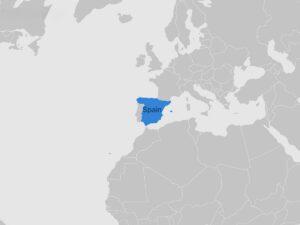
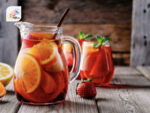
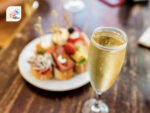
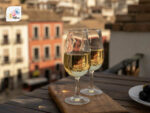
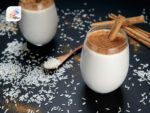

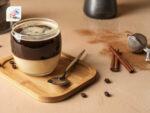
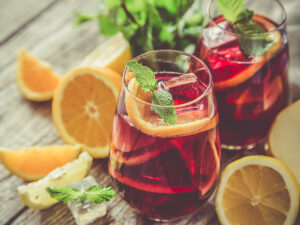
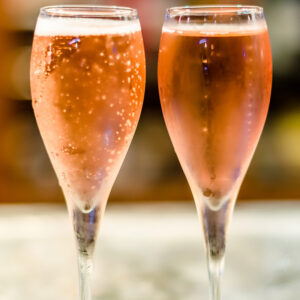
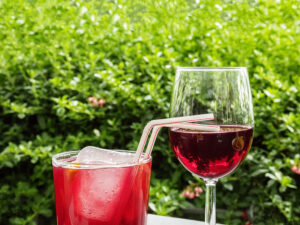
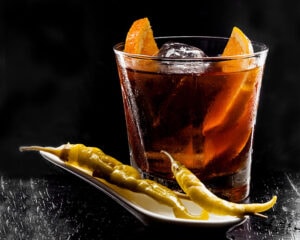
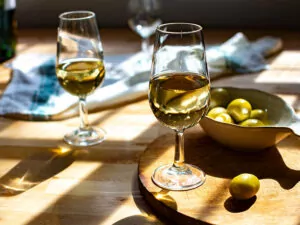
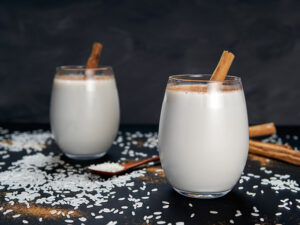

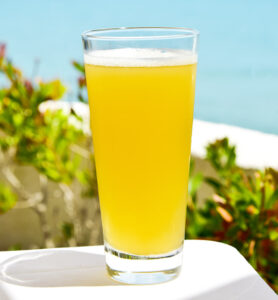
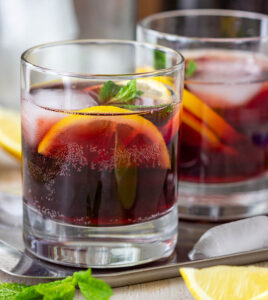
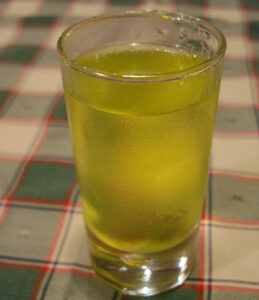
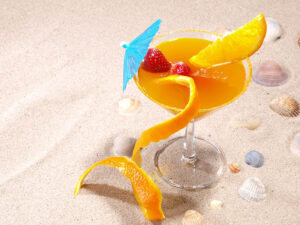
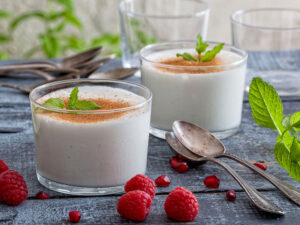
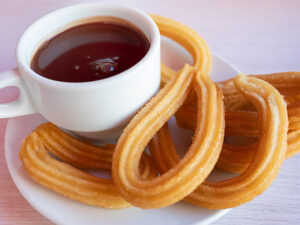
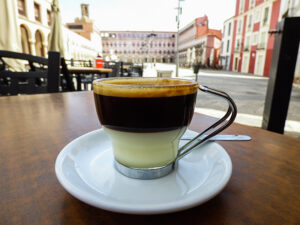
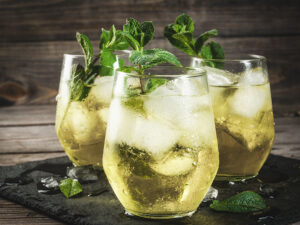
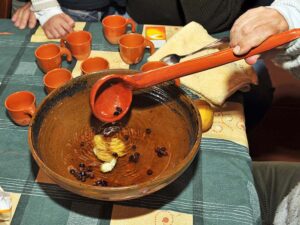
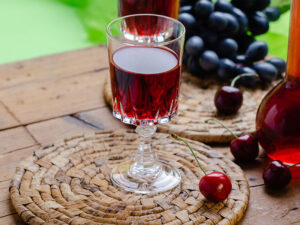
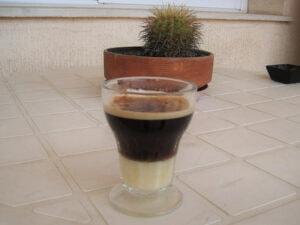
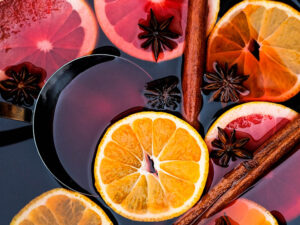
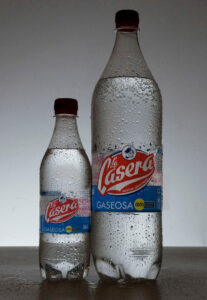
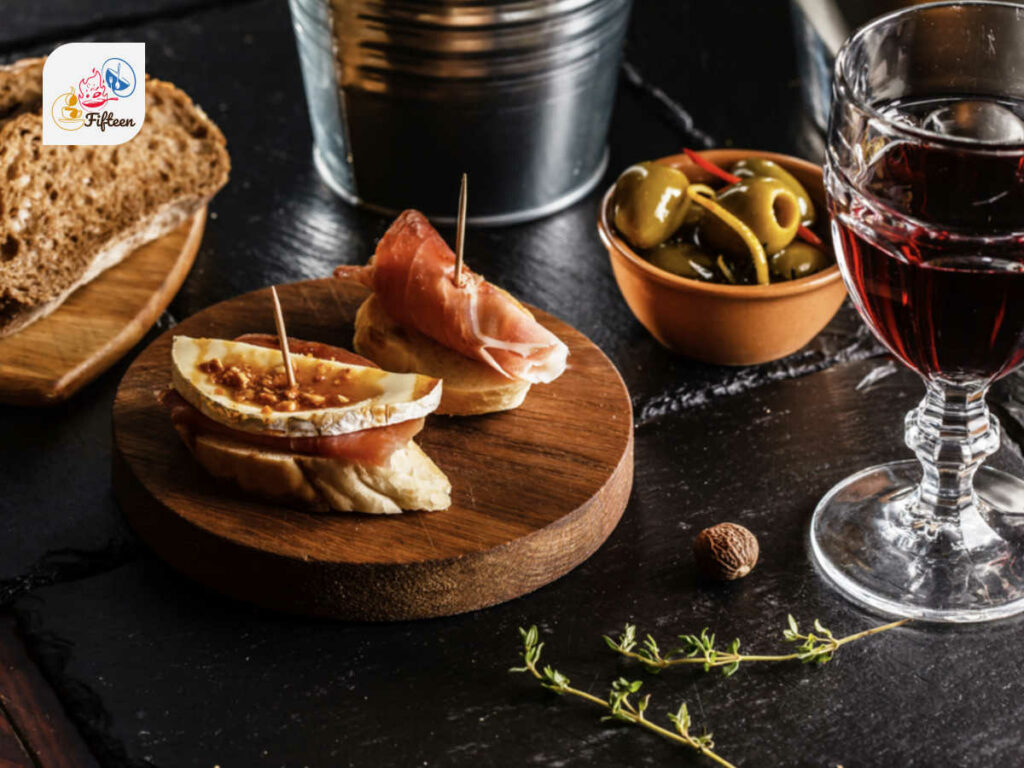
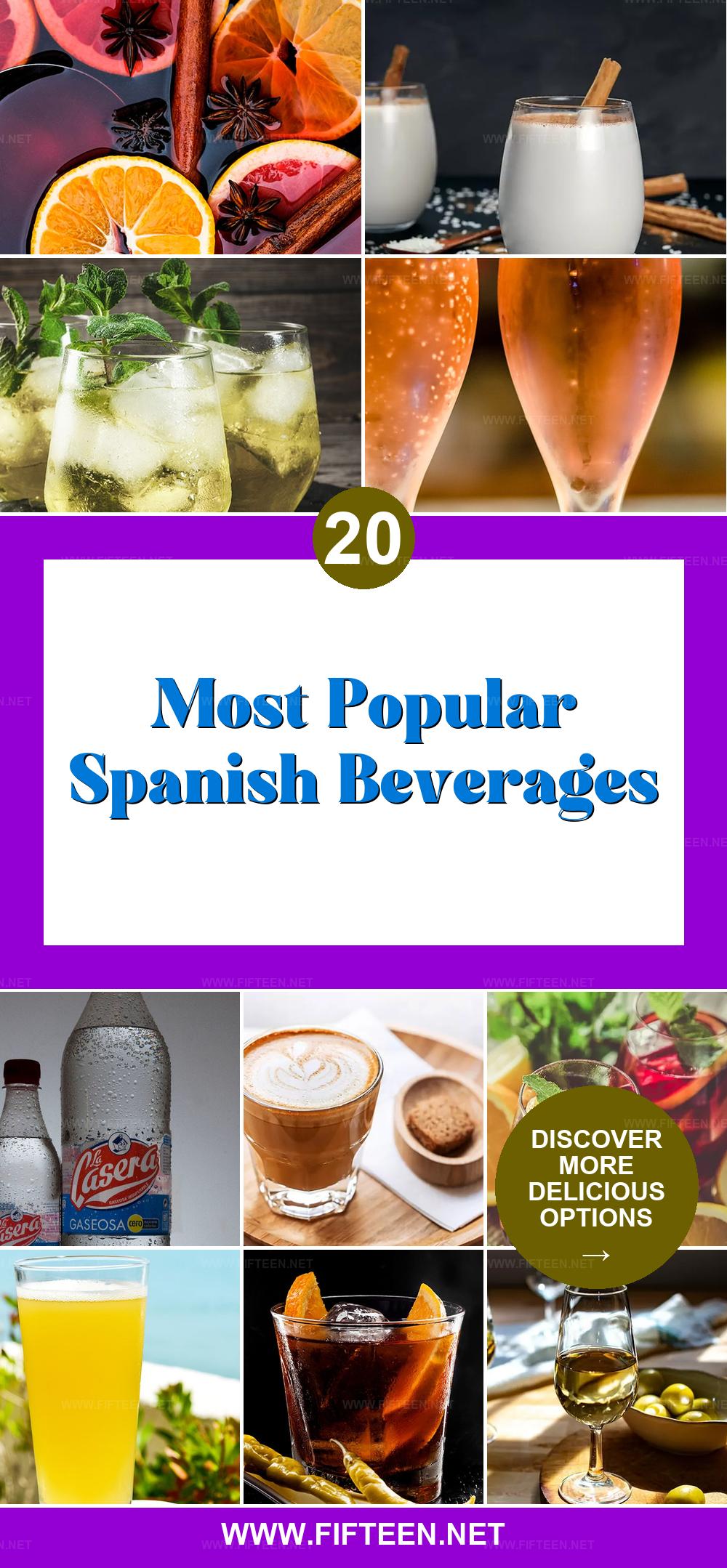
Jamie Scott
Editor in Chief, Senior Content Writer
Expertise
Home Cooking, Meal Planning, Recipe Development, Baking and Pastry, Food Editor, Cooking-video Maker, Western Food Evaluation Expert
Education
Le Cordon Bleu College of Culinary Arts
Local Community College, New York, NY
Jamie Scott is a skilled culinary expert and content creator specializing in Western cuisine. With over 15 years in the culinary field and formal training from Le Cordon Bleu, Paris, Jamie deeply understands how to blend nutrition with delicious flavors. His passion for cooking matches his commitment to making healthy eating accessible and enjoyable.
On Fifteen.net, Jamie brings a fresh perspective to classic dishes and beverages, offering readers insightful recipes, cooking tips, and a fresh view on meal planning that emphasizes taste, health, and simplicity.